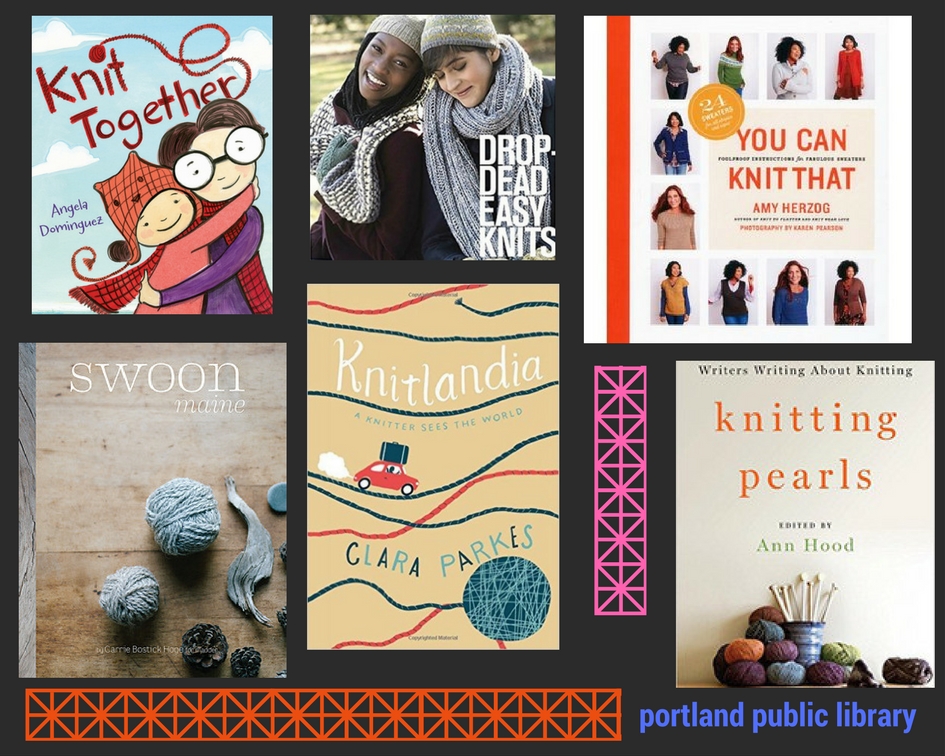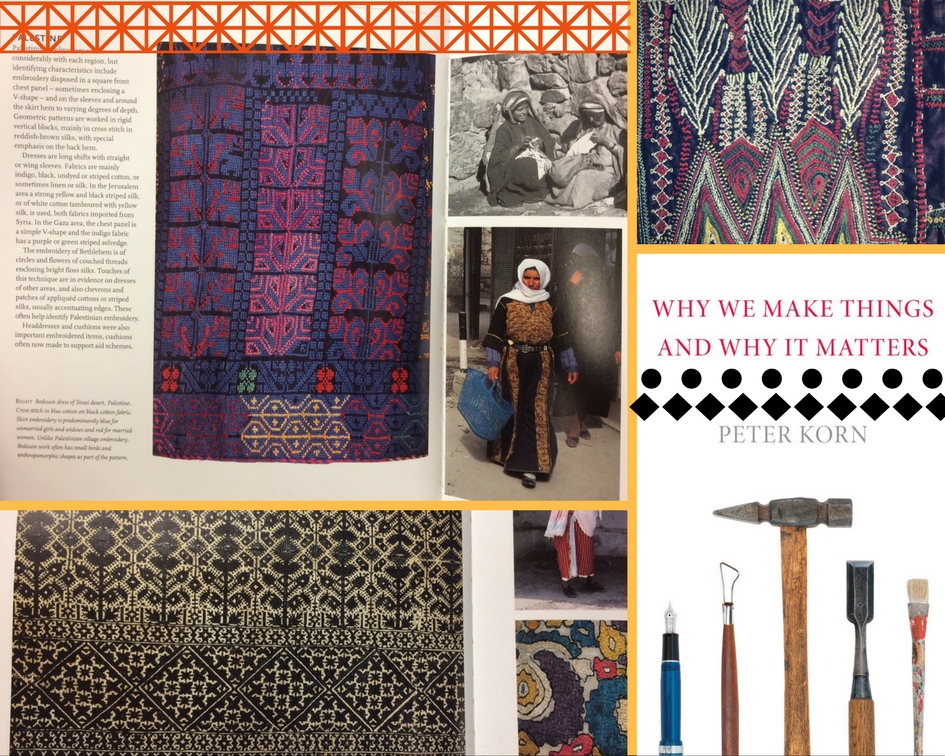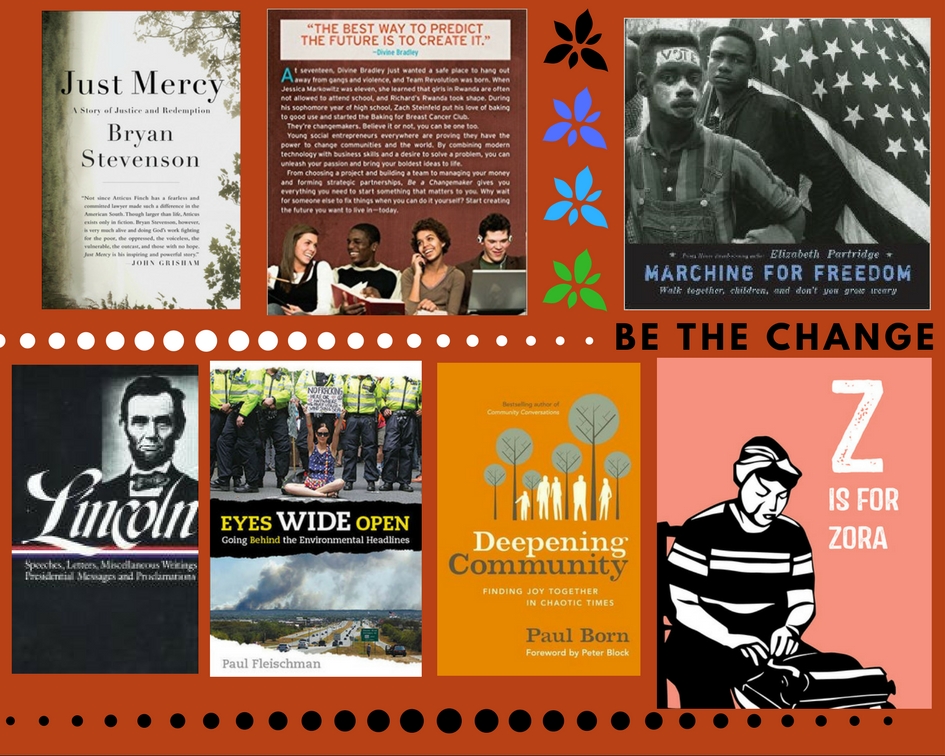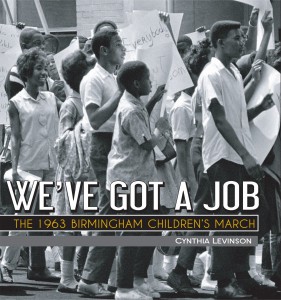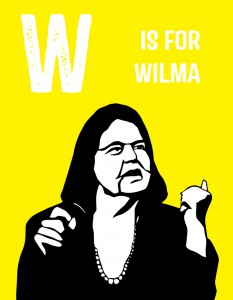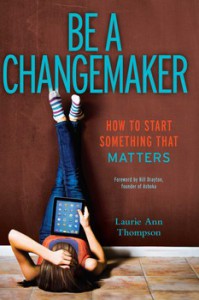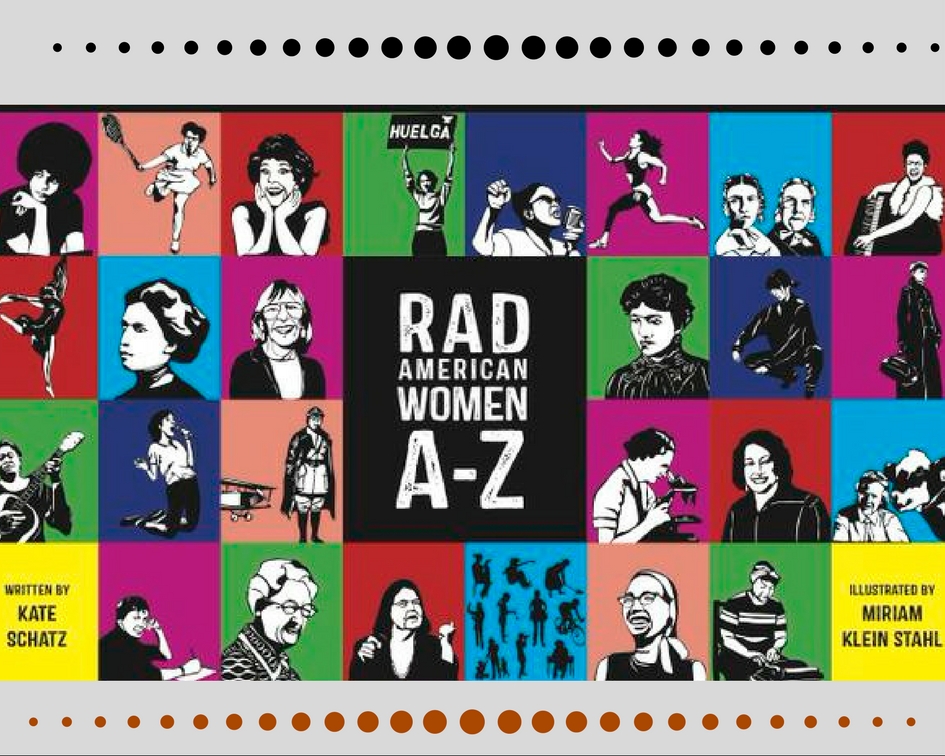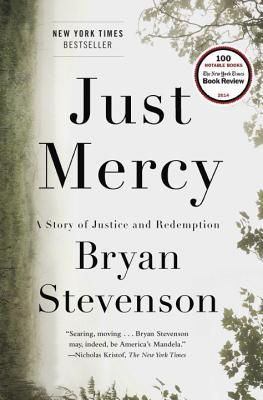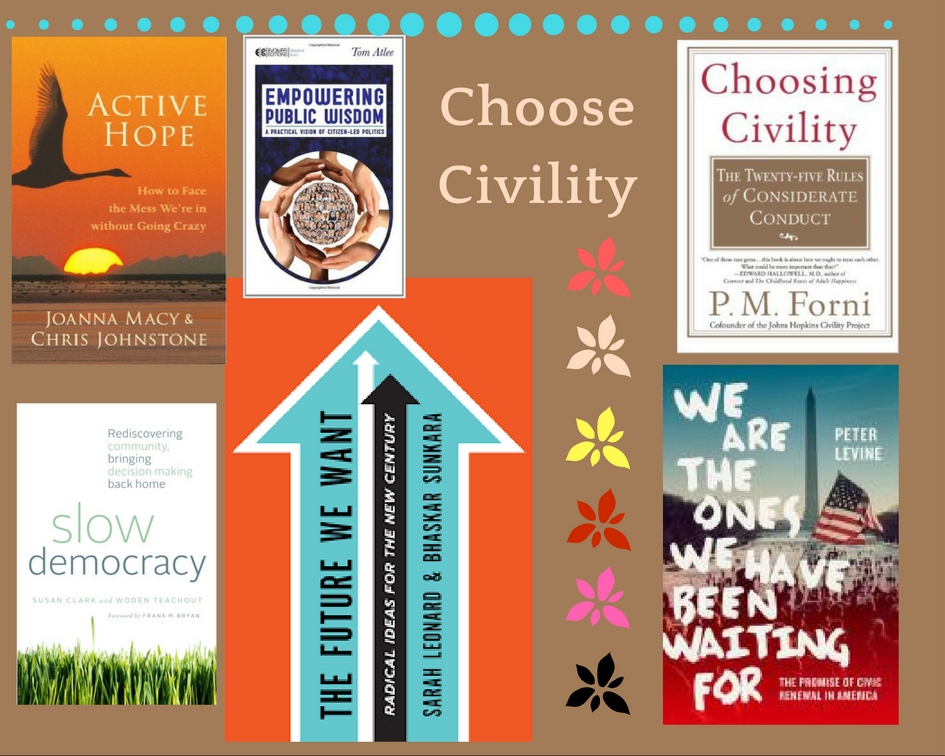Wool and Wonder: Fiber Arts for All
posted: , by Elizabethtags: Library Collections | Recommended Reads | Adults | Teens | Kids & Families | Seniors
As the cold settles in our staff celebrates relationships with fiber arts, lovely and functional, that draw the eye or keep us warm. Here are helpful, inspirational, and enjoyable resources for those just starting down the knit-and-purl path, for those who’ve memorized a stitch or two, or for any amateur or artist happy to have found a lifetime of fiber projects here in Maine.
Gail’s Pick
It’s a story…it’s a learn-to-knit book…it’s both! Sunny’s Mittens starts with a story about a girl with a hole in her mitten and ends with instructions on how to knit a pair of Swedish Lovikka mittens. The writing and instructions by Robin Hansen are clear and detailed. Recommended for ages 9 through 12 but great for anyone learning to knit.
Emily L’s Picks
I read this with my girls, who LOVED it. The illustrations are lovely and so fun.
Yarn Bombing: The Art of Crochet and Knit Graffiti
This one is fun for teens or adults, and you don’t have to be an expert. Knitters can be pretty radical (just like librarians).
Fair Isle Style, 150 Scandinavian Motifs, 200 Fair Isle Motifs
Mary Jane Mucklestone lives right here in Portland, and she is a colorwork GENIUS. I love these just to look at or as great idea generators. I have used the 200 Fair Isle Motifs volume loads of times.
Emily R’s Picks
Getting Started Knitting Socks
This is my favorite introductory book, it covers all the basic information about how knitting actually works. From how different weights of yarn knit up differently in terms of math, to pattern interpretation of “finished” measurements vs. “to fit” measurements.
This is a terrific and inspiring book of stitch patterns, the possibilities are endless!
Brandie’s Pick
Oneskein is my go-to book. Each project can be completed quickly and requires only one skein of yarn. I love that there is an entire book devoted to using one skein of yarn because we knitters all have plenty of those lying around! I’ve made the baby hat and the felted bowls many times over the years to give as gifts. And one day, with all my scraps, I will finish the Labyrinth Circle Rug.
Kelley’s Pick

Yoshi’s Wooly World is an adorable, family-friendly video game for the Wii-U where everything is made out of yarn, string, buttons and other sewing materials. I can’t describe it any better than it describes itself:
“Yarn, buttons and other materials combine into fantastical stages for two players to explore as yarn Yoshis. Discover what Yoshi can do by tying enemies in yarn, weaving woolly platforms, or tugging on stray yarn to unravel walls and reveal hidden areas and goodies.Transform into a motorcycle or even become a giant! Toss yarn balls to knit together background elements or tie-up enemies.Tangle, pull, and stitch to explore a wild, woolly world.”
Ellen G’s Picks
I’d like to spotlight Maine author (most recently of Knitlandia) and nationally-recognized knitting blogger, Clara Parkes. Her invaluable Knitter’s Review web site is an encyclopedic review source for all things knitting – yarns, needles and tools, books, etc. Three of her books – The Knitter’s Book of Wool, The Knitter’s Book of Yarn and The Knitter’s Book of Socks should be in every knitter’s personal library and are most definitely popular PPL holdings.
Here’s a few other fiber-related Maine organizations and events:
Maine Fiberarts is a “statewide nonprofit membership organization of fiber artists, farms, producers, makers and consumers.” Maine Fiberarts has a great online tour guide and map to Maine’s fiber “hotspots,” and a gorgeous online “Fiber Folio” with colorful photographs of “fiber, art, craft, and farms.” The organization has a fantastic gallery in Topsham.
The New England Textile Arts Network (NETA) SPA happens annually in Freeport in February. Knitters, spinners and fiber vendors from all over New England gather together for 3 days to chase away the winter blues.
Come spring, the Maine Fiber Frolic at the Windsor Fairgrounds is an amazing Maine-centric mini Common Ground Fair for fiber producers of the two- and four-legged kind and lovers of all things fiber.
And most importantly, fiber—its production, processing, tourism and retailing—is a big engine for the Maine economy, so I love to support fiber arts by shopping at local yarn stores in Portland and communities around Maine.
Eileen M’s Picks
I love color. I love texture. I love making practical things out of whimsy and wool.
My mother taught me to knit when I was 5. Knitting was a diversionary tactic deployed when I was at my most “there’s nothing to do…” whiny-annoying, a mother-approved way to spend time with dangerous pointy objects and soft yarn, making wavy-edged serpents of uneven character. In my teens I started knitting in earnest, making things that could be worn or snuggled under. That’s when I stumbled upon a book by Elizabeth Zimmermann, Knitting Without Tears. It introduces Elizabeth in her own words, on her own terms, a blunt pseudo-curmudgeon’s insights rendered in no-nonsense prose. Her rules for the craft are rigid only in her insistence on flexibility. “Of course I am speaking entirely for myself,” she says after firmly asserting how things should work, “if you have valid reason to do otherwise, it’s up to you.” Incoming advice in all areas of life should be so plainly labelled. There are some patterns and practical advice, but it is her attitude that sells it. I love this book.
Continuing my trip back through the misty past, I see an Alice and Jerry Basic Reading Program book, my 4th grade reading text with the happy title Singing Wheels. Its story of pioneer life struck a chord, surprising me by tapping into my creative core. In my memory, the chapter titled “Indigo Blue” begins with of a big bubbling dye pot and culminates in a warm blue cloak; it kicked off my fascination with spinning, dyeing and weaving. (The chapter about slaughtering a pig led to vegetarianism, but that’s another story.)
It took me awhile to jump into the world of wheels and what all, but there were a lot of books to keep me afloat until I was ready and to guide me after I leaped. Among my current favorites: Color in Spinning by Deb Menz feeds the technical appetite for doing things properly in equal measure with the emotional and aesthetic urge to make real the rich colors that live inside our heads and hearts. Carding and combing techniques, color mixing, dyeing methods, spinning with hand spindles and wheels… Menz skillfully blends science with art, and provides a valuable tool for producing the predictable as well as the unexpected. I heartily recommend it to spur your imagination and kick you into gear.
If the idea of weaving floats your boat, point your pick-up stick to The Weaver’s Idea Book: Creative Cloth on a Rigid-Heddle Loom by Jane Patrick. It has inspired me to make honest-to-goodness blankets, for heaven’s sake, full of weft floats and warp floats and colors that shriek at each other and meld into beauty, warming me when I’m cold and easing me into textured dreams come nap time… all this from a deceptively simple loom that hangs on my wall when not in use. Patrick has created a tell-all book that gets you from point A to point Z in no time flat.
It’s quite a rabbit hole, this fiber arts thing is, but I bet it’s a soft landing if you ever reach the bottom. I wouldn’t know, though; I’m still in free-fall.
Meg’s Picks
I gave up knitting years ago when I realized that my heart (and more importantly, my apartment) only had room for one string craft: embroidery. The library has a great selection of instructional books such as The Embroidery Book, Complete Guide to Embroidery Stitches, or the kitchy Embroidered Effects. My most recent inspirations have come from Sheila Paine’s Embroidered Textiles: A World Guide to Traditional Patterns a tome that includes 508 illustrations and a tremendous amount of information on the function, motifs, social indicators, and placement of embroidery on textiles.
I also connected with a more recent publication, Sewing Happiness: A Year of Simple Projects for Living Well by Sanae Ishida which is part memoir, part sewing book. Among the 20 seasonal based projects is a well documented tutorial for sashiko (a decorative reinforcement embroidery), but more importantly her story is a reminder of how the act of making can heal us. Which leads me to recommend a book currently tagged in my “for later” shelf, Why We Make Things and Why it Matters which looks to be a good read on how making brings meaning into our lives.
Hope you’ve enjoyed this foray into fiber! For a look at books mentioned in our catalog, as well as a few more recent and classic fiber arts finds, check out the booklist “Wool and Wonder: Fabulous Fiber Arts.”




